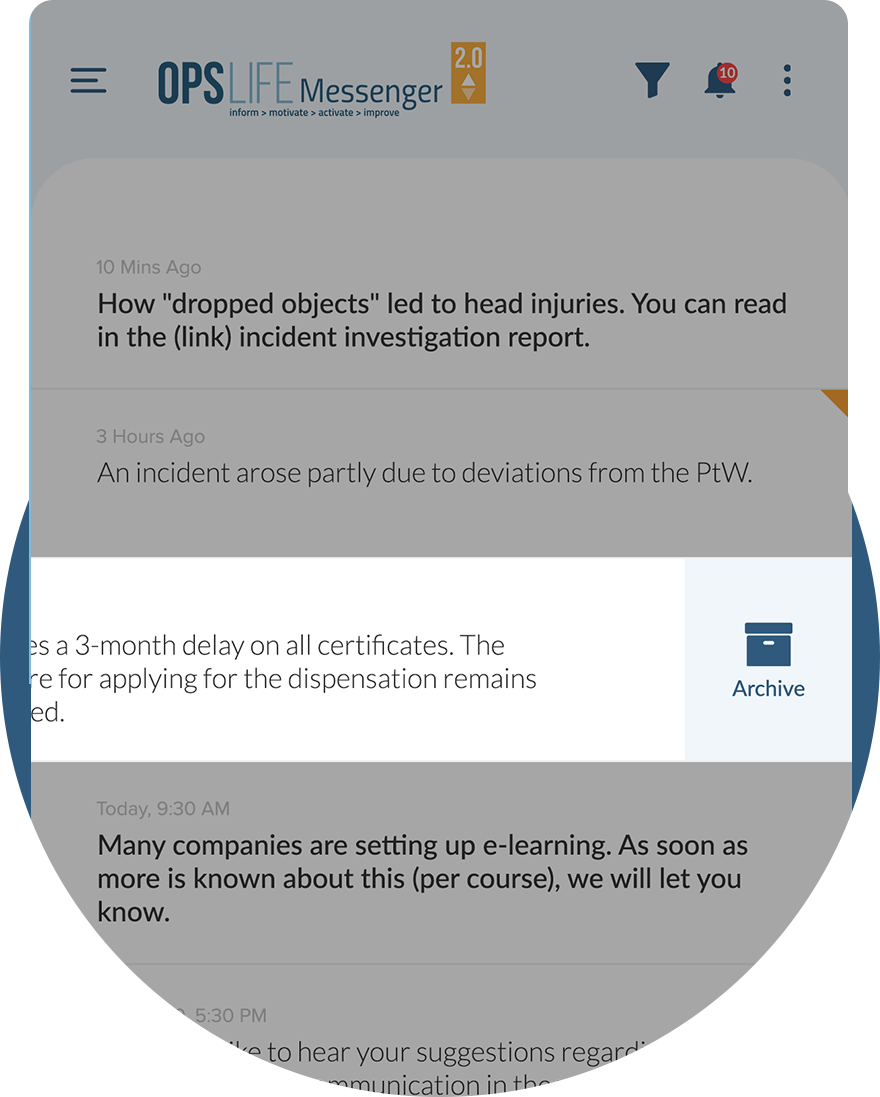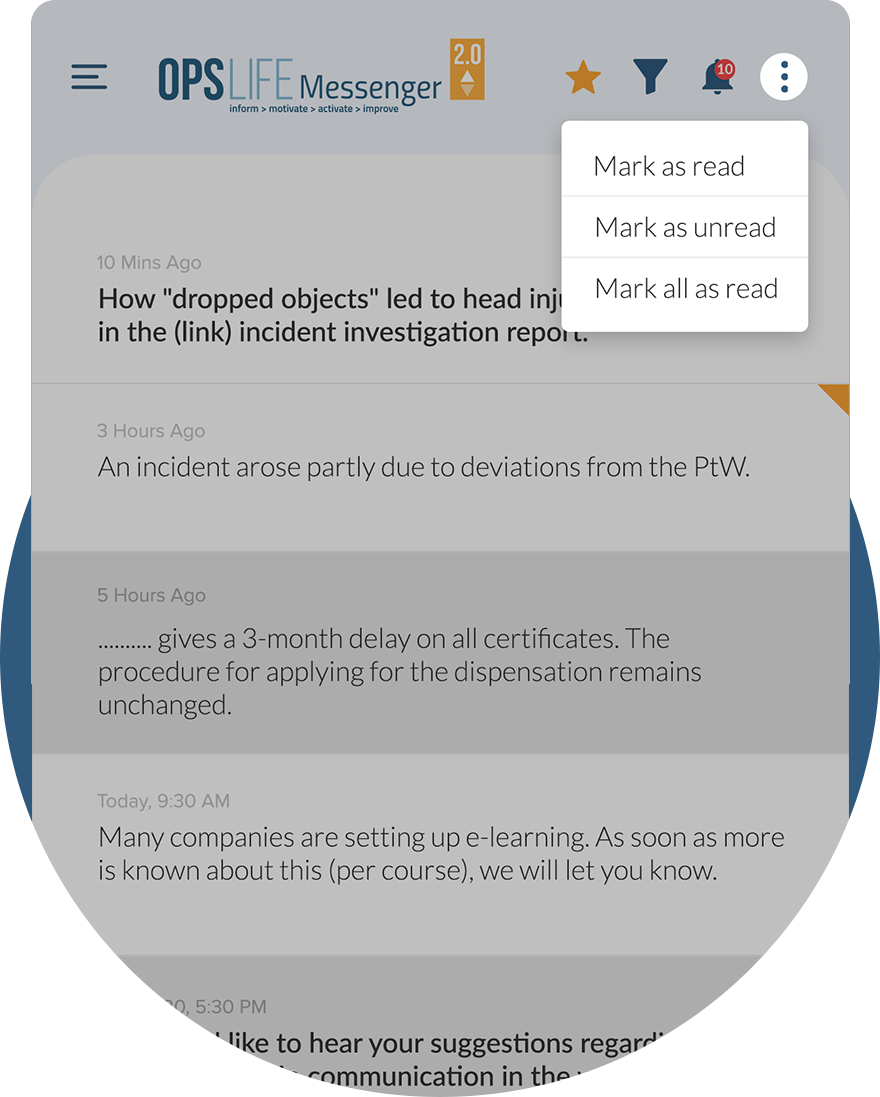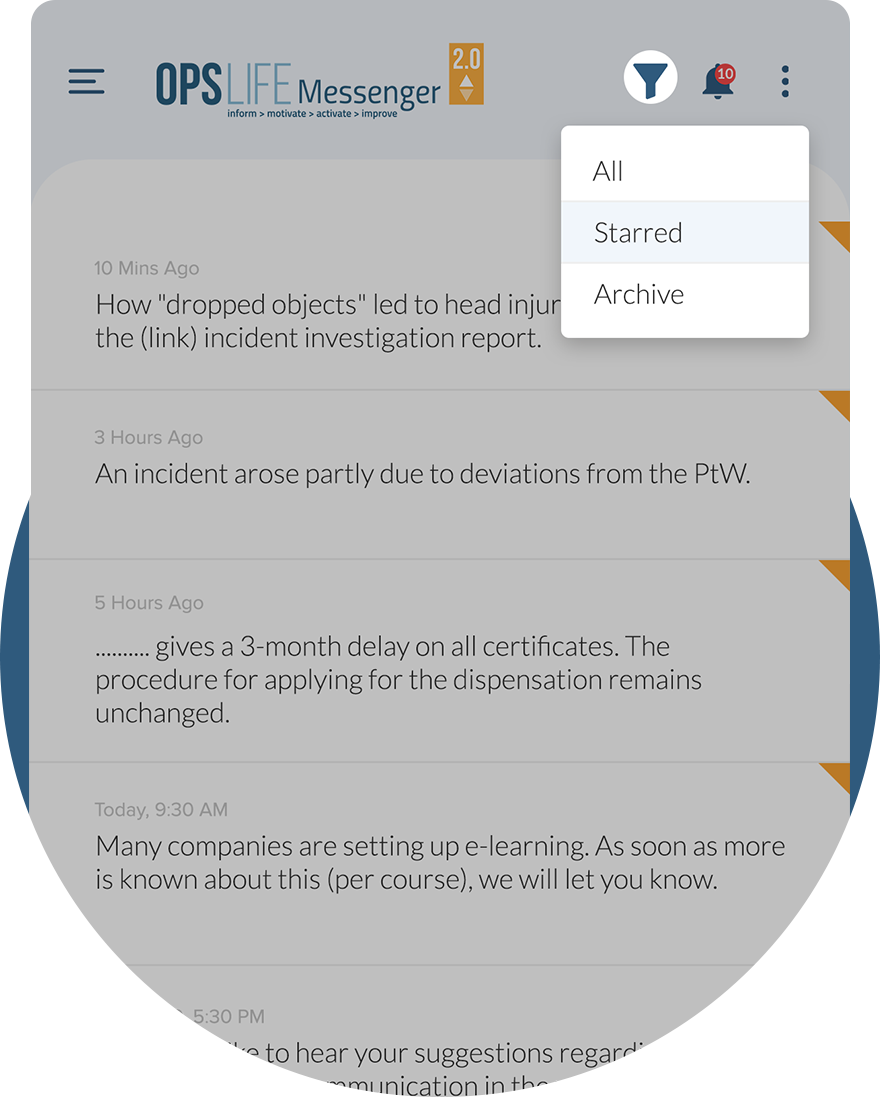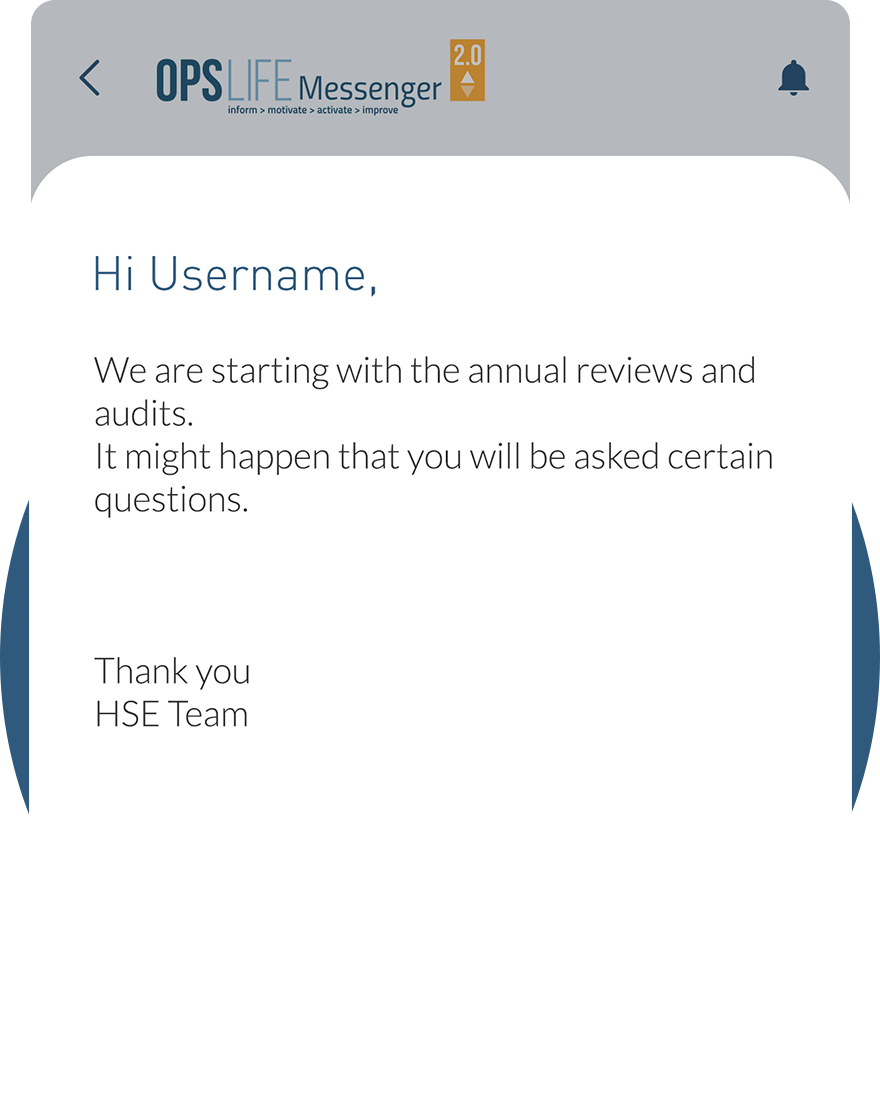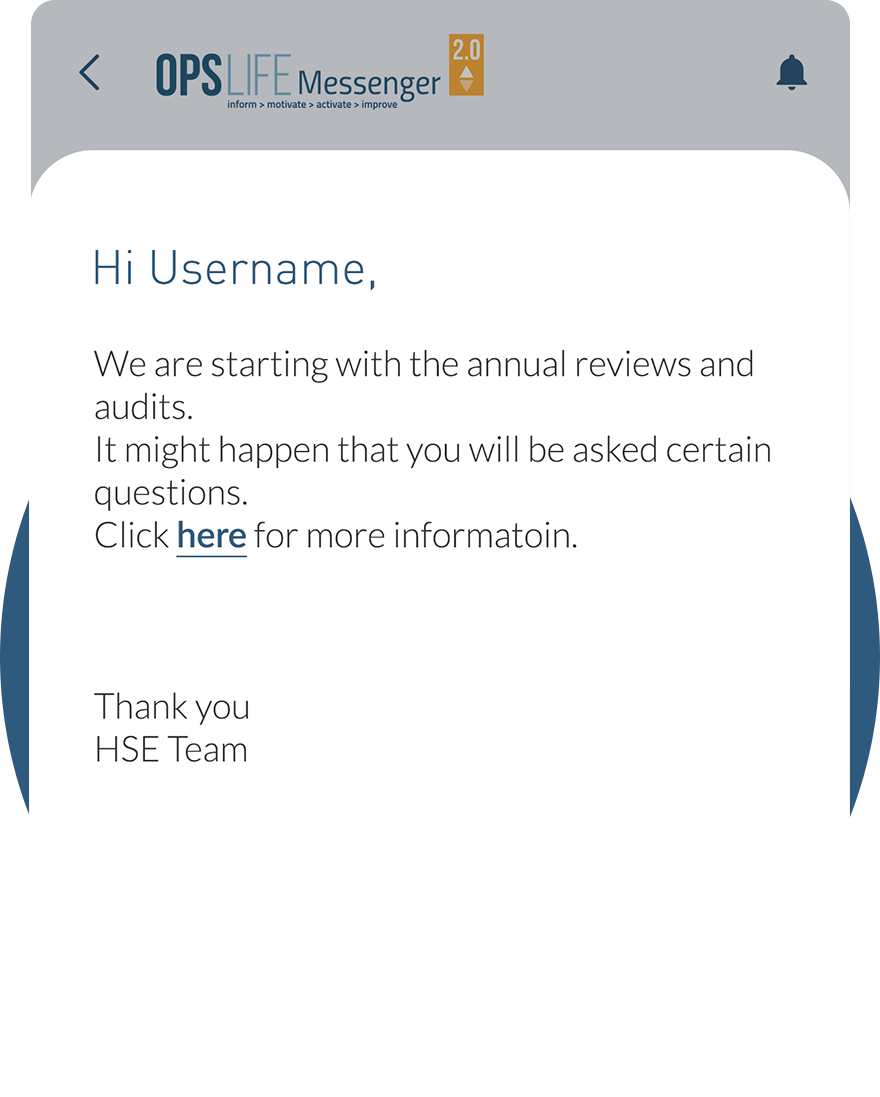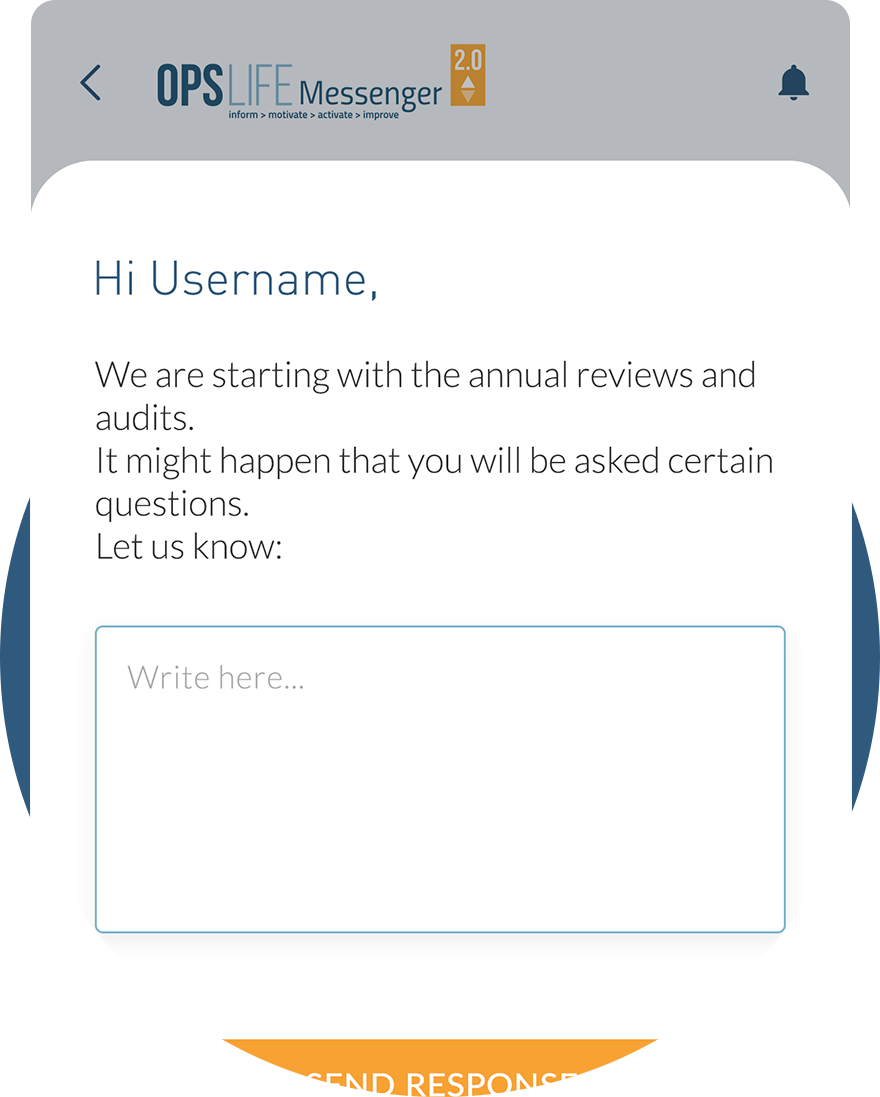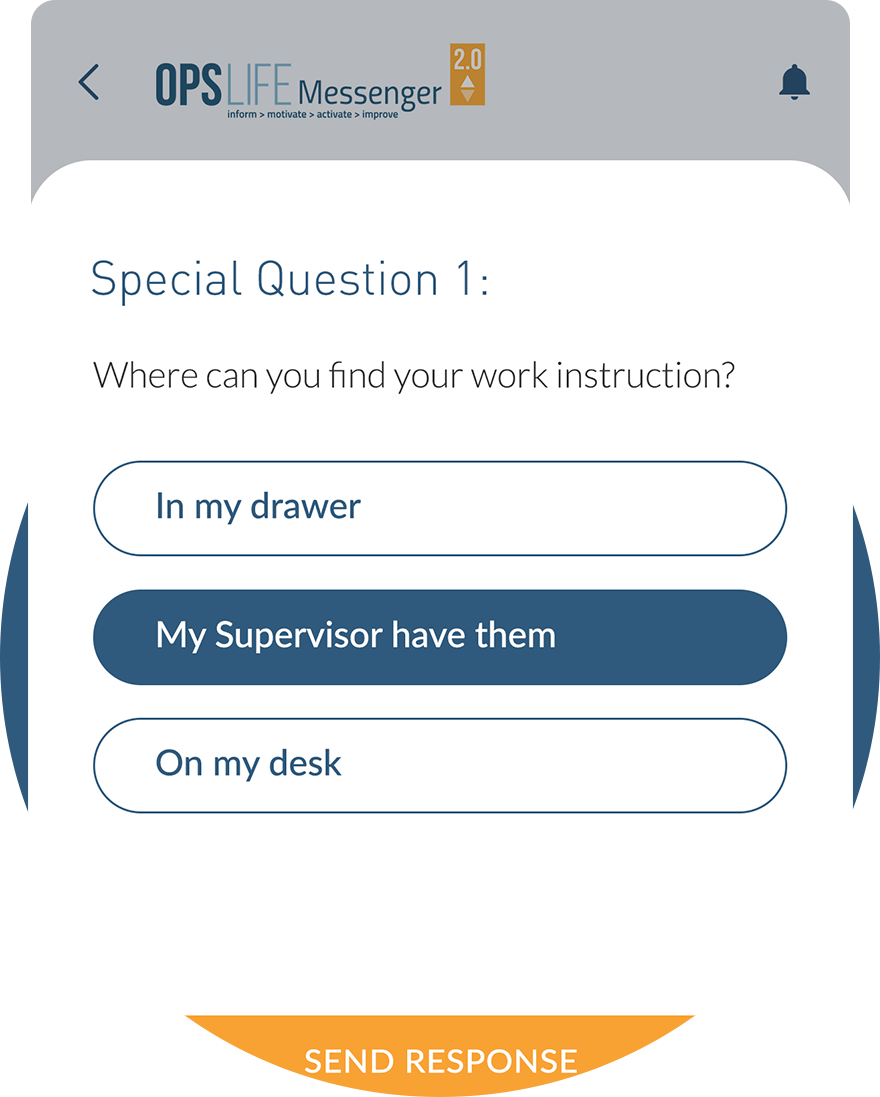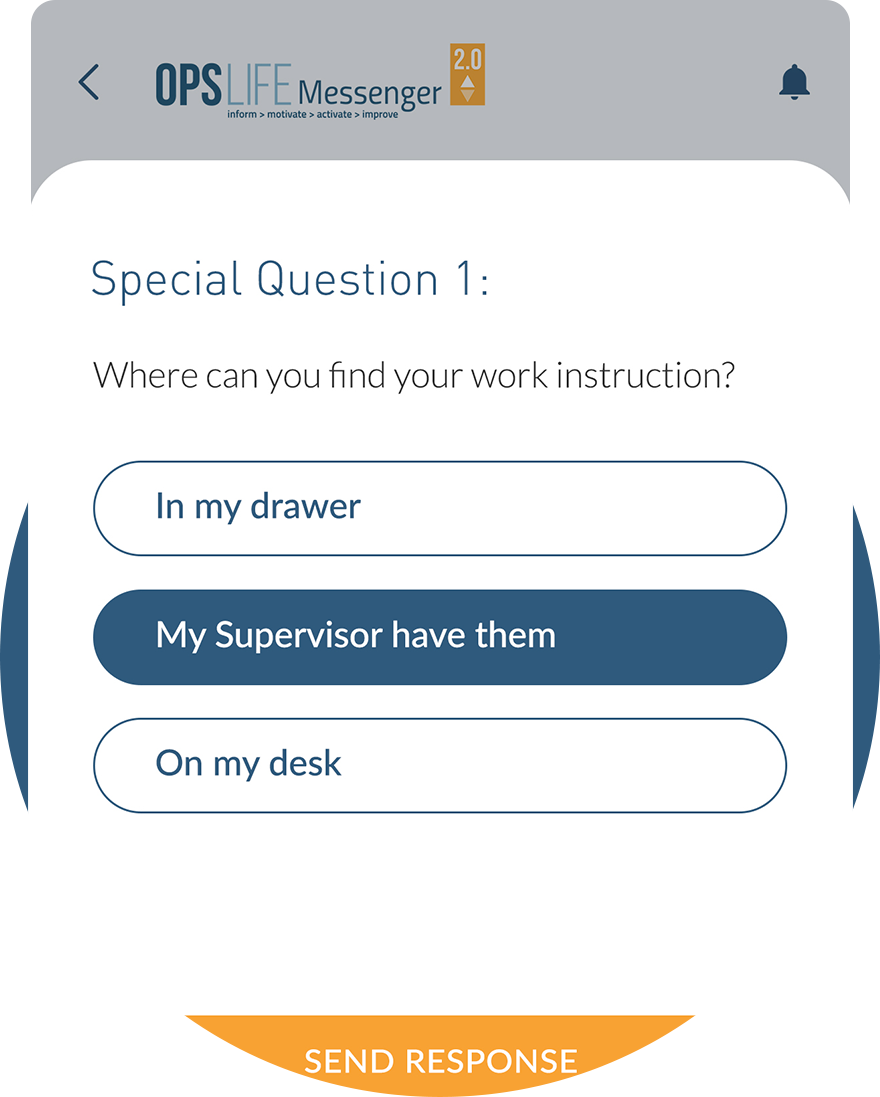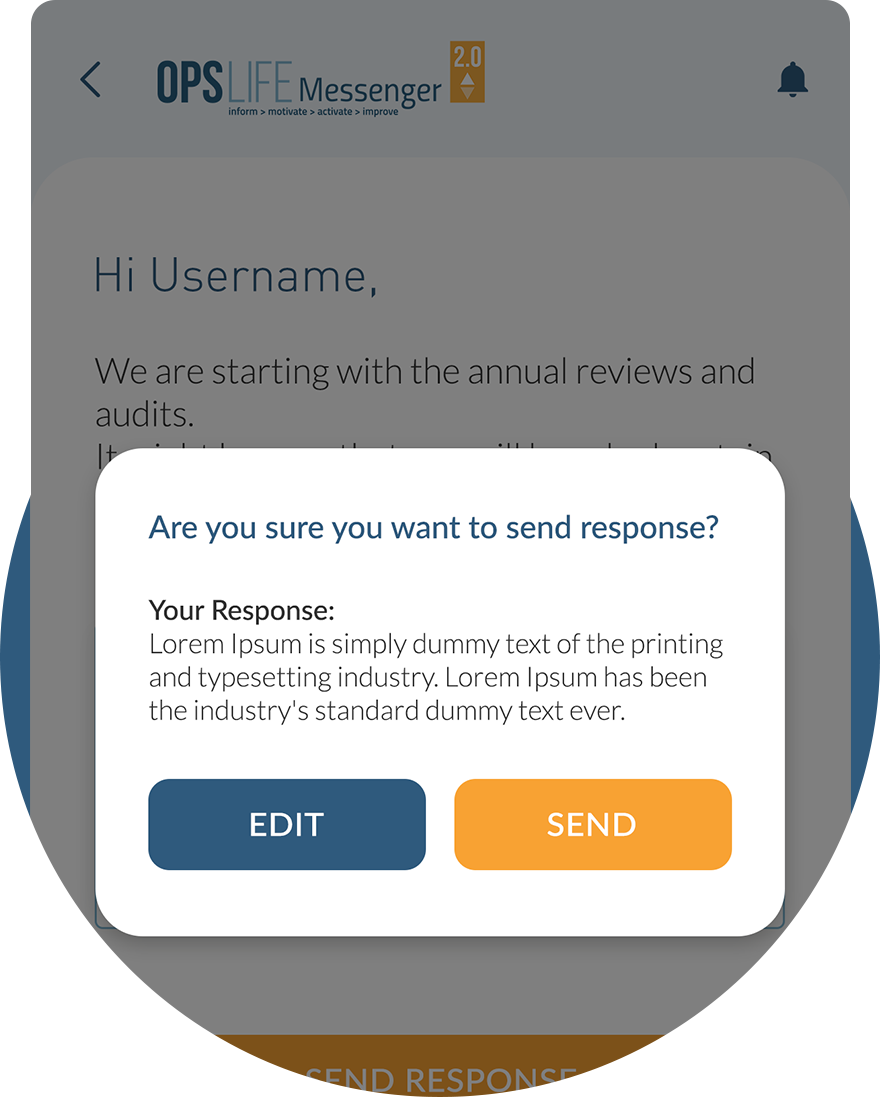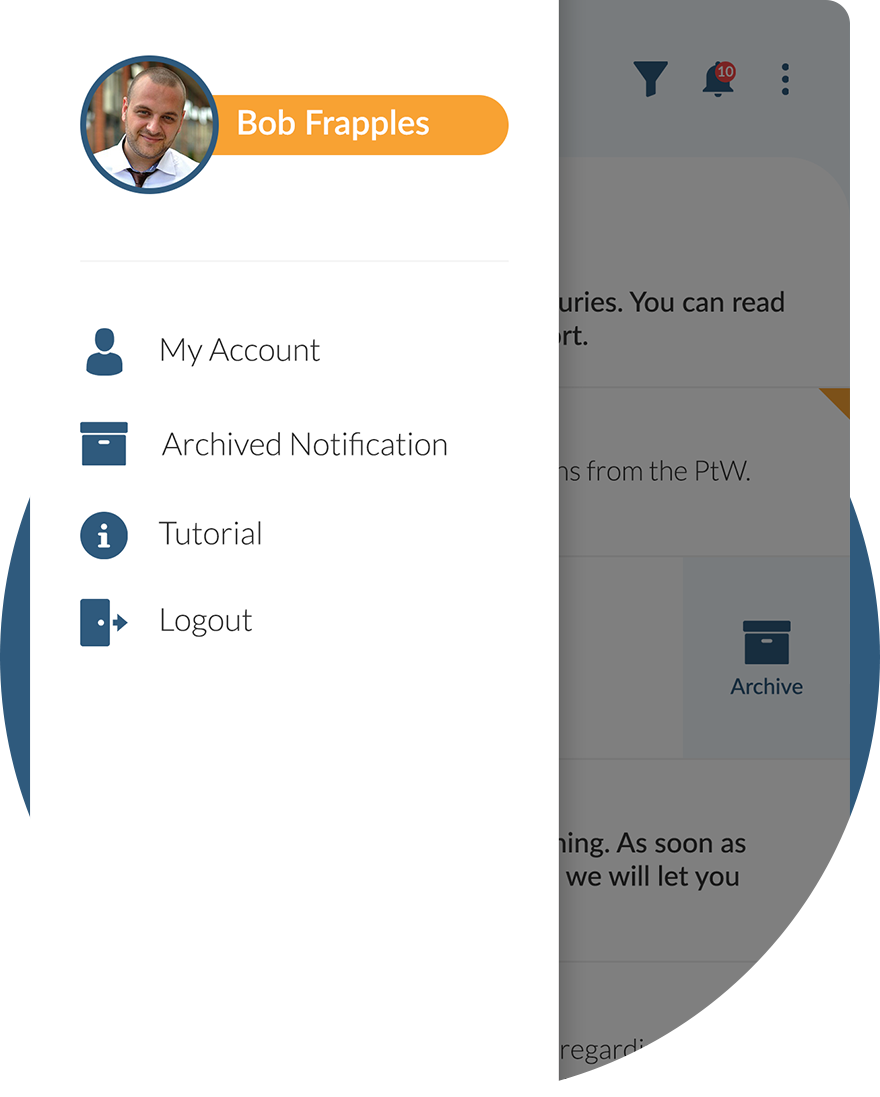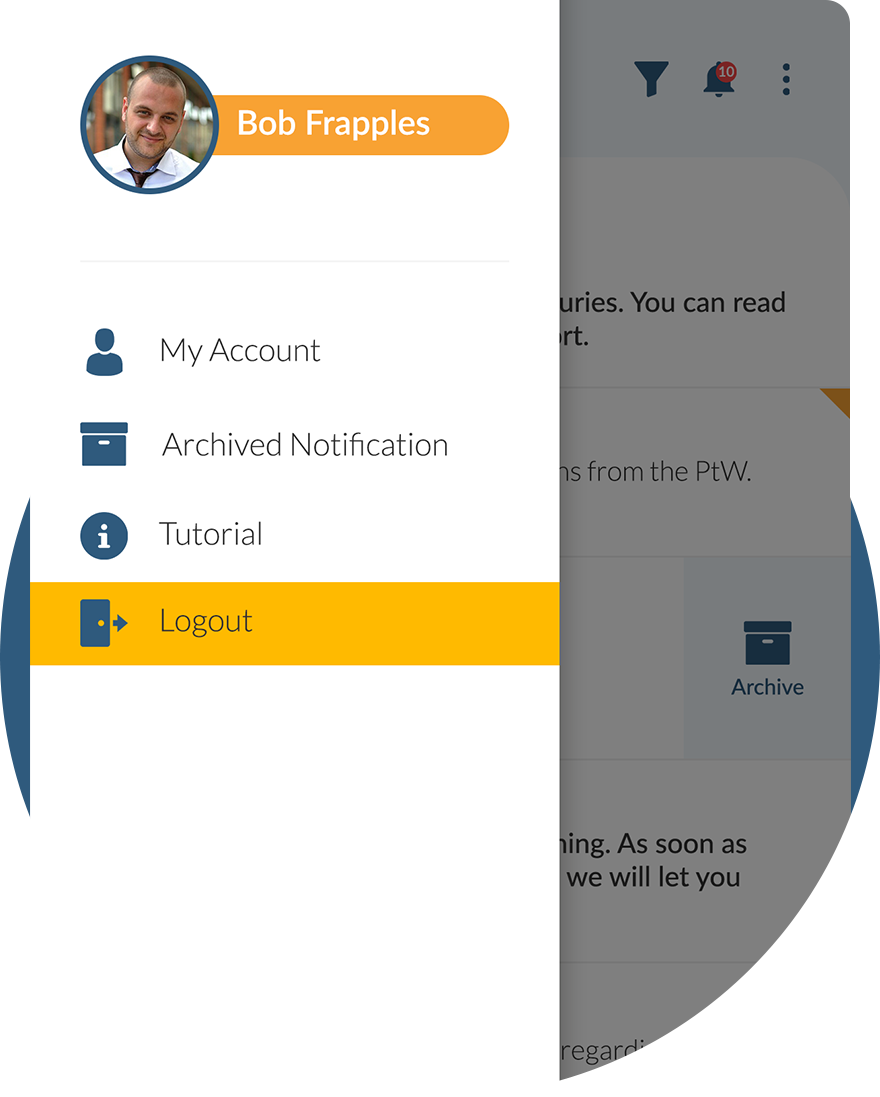Basic HSE information about Asbestos / Ceramic Wool and set of tools to be used at work
Asbestos / Ceramic wool
- Workplace Information
- Toolbox Information
- Check Your Knowledge
- Action Focus Campaign
IMPORTANT INFO
- Use the correct PPE; ask your company about this.
- Only a certified Asbestos removal company is allowed to remove Asbestos and Ceramic Wool.
- Avoid all actions that might damage or crumble material.
- When materials are damaged or disturbed, tiny Asbestos fibres can be released into the air.
- Make sure that you stay upwind from the workplace, as far as possible.
WHAT IS IT?
Asbestos refers to six naturally occurring fibrous minerals that have the ability to resist heat, fire and electricity. Asbestos was widely used in buildings and systems until the late twentieth century.
Asbestos is extremely hazardous when it becomes disrupted and airborne, as it is easily inhaled or ingested and can lead to many health concerns, including different types of cancer.
Asbestos is a friable material which means that when it is dry, it can be crumbled, pulverized or powdered. Small fibres and clumps of fibres may be released into the air as dust. Inhaling Asbestos during its manufacturing or use is the main health concern.
Ceramic Wool has been used as a substitute for Asbestos but also poses a serious health hazard. Therefore this material is subject to the same working procedures and regulations as Asbestos. Ask your company about this.
Asbestos-containing products are mainly used for construction and insulation. There are regulations for working on Asbestos-containing materials. Ask your company about this.
A laboratory analysis on insulation material is required to check if it contains Asbestos or ceramic fibres. When in doubt, contact specialised companies and stop working. Very often survey reports have already been made of locations where Asbestos is present.
People at higher risk are those who’ve worked as, carpenters, plumbers, electricians, Asbestos miners, painters, builders. But also people who’ve worked in shipbuilding, railway engineering and factories that made Asbestos products.
HAZARDS
Release of microscopic fibres by:
- grinding
- milling
- cutting
- drilling
- scouring
The main Asbestos-related diseases are:
- asbestosis (chronic inflammation of the lung)
- lung cancer
- mesothelioma (cancer of the lining of lungs, chest cavity or abdominal cavity)
People are more likely to experience Asbestos-related disorders if they:
- are exposed to high concentrations of Asbestos,
- are exposed for longer periods of time, and/or
- are exposed to Asbestos more frequently
Please note: a high concentration of respirable ceramic fibres can be expected when removing old insulation which has been exposed to high temperatures.
PREVENTION
If you suspect that a material contains Asbestos or Ceramic Wool, avoid all actions that might damage or crumble the material and release fibers into the air. Stop working and go to your manager.
- hold a toolbox meeting
- when working with these materials in an enclosed space, make sure that absolutely no fibres are left behind and turn off the ventilation
- do not eat, drink, chew or smoke within any work area containing Asbestos
- know the type of material you are working with
Any damage to materials containing Asbestos should be reported to the appropriate authority.
PROTECTION
Only certified personnel from a certified Asbestos removal company is allowed to remove Asbestos and Ceramic Wool. Ask your company about this.
- if necessary have your workplace secured
- make sure that you stay upwind from the workplace, as far as possible
- if fibres are deposited, collect them using a special Asbestos vacuum cleaner
- use the correct (extra) Personal Protective Equipment; ask your company about this
IN CASE OF...
Any incident that occurs during work can have severe impact on people, installations and the environment. Make sure that you are familiar with the right procedure in case incidents happen. If not, ask your company for further information.
Unsafe working conditions should never be ignored and should always be kept in mind to avoid hazards.
Start your daily work with safety!
Onscreen presentation is very useful to use during work preparation or toolbox meetings. It provides short and concrete information. Five questions and answers at the end of presentation can be used to make the meeting more interactive and to give conversation a boost.
Be always prepared for the work!
It is of utmost importance to be well prepared before you start the work.
By clicking on the button below you can check your knowledge about this HSEQ subject.
After completion of the knowledge check, your certificate will be visible in
MY ACCOUNT > My training.
